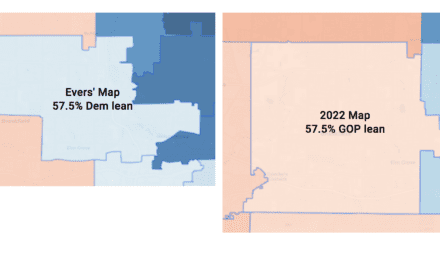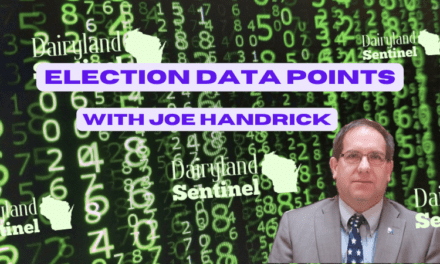A new report from School Choice Wisconsin confirms that Wisconsin’s private school choice programs outperform traditional public schools while operating with substantially less funding.
“DPI gives choice schools higher Report Card scores even though they receive substantially less revenue,” said Brenda White, chair, School Choice Wisconsin Board of Directors. “School choice is Wisconsin’s most cost‑effective K‑12 investment.”
The report draws on official Wisconsin Department of Public Instruction data for the 2023–24 school year, the first after a “significant funding increase approved by the Legislature and Governor for PSCP schools.” Even after a 23 percent average funding boost, private school choice programs still receive substantially less per‑pupil revenue than public schools, yet they continue to post higher DPI Report Card scores .
Using a straightforward Cost‑Effective Index (CEI), the report finds that:
- Private schools in the Milwaukee Parental Choice Program (MPCP) were 76 percent more productive than Milwaukee Public Schools (MPS).
- In Racine, private schools in the Racine Parental Choice Program (RPCP) were 46 percent more productive than the Racine Unified School District (RUSD).
- Statewide (excluding Milwaukee and Racine), private schools in the Wisconsin Parental Choice Program (WPCP) were 33 percent more productive than traditional public schools.
The report includes detailed figures showing average per‑pupil revenue and Report Card scores. In 2023–24, estimated PSCP revenue was 77.6 percent of public school revenue, up from 67.8 percent in 2021–22. PSCP schools averaged $11,905 per pupil, compared to $15,340 in traditional public schools.
Report Card scores further highlight performance differences: MPCP scored 70.8 versus 55.7 for MPS; RPCP scored 72.7 over RUSD’s 61.3; WPCP scored 71.8 compared to 69.8 for statewide public schools.
The CEI values—report card score divided by per‑pupil revenue (in thousands)—underscore productivity: MPCP achieved 5.95 per $1,000 versus 3.39 for MPS; RPCP reached 6.11 versus 4.19 for RUSD; WPCP had 6.03 compared to a statewide public value of 4.55 .
The report also notes that the comparison is conservative, understating the private programs’ cost‑effectiveness. It excludes federal aid, which benefits public schools, and compares choice students—who are subject to income eligibility limits—to all public school students. The report states: “First, while the choice programs have family income eligibility limits, this report compares choice students to ALL public school students. Moreover, revenue estimates exclude federal aid, a category where public schools have a significant edge.” It adds that if compared to students of similar income levels, choice productivity would likely appear even stronger .
Demographic data reveals that choice programs serve disproportionately non‑white and economically disadvantaged students. Of 49,793 PSCP students in 2023–24, 30.7 percent were Black or African American and 27.6 percent Hispanic/Latino, compared to 8.8 percent and 14.1 percent, respectively, in public schools. Economically disadvantaged students comprised 68.6 percent of PSCP enrollees, versus 42.7 percent in public schools .
The report further addresses concerns about service for students with disabilities. It notes that the DPI estimate of 2 percent disabled students in PSCP is inaccurate. Independent research directed by UW‑Madison’s John Witte and University of Arkansas’s Patrick Wolf estimated the rate in the MPCP at 7.5 percent to 14.6 percent; more recent investigations reaffirmed those findings .
The findings align with prior research indicating other behavioral and long‑term advantages. A 2019 study found Milwaukee choice students had reductions of around 53 percent in drug convictions, 86 percent in property damage convictions, and 38 percent in paternity suits. Another study by the Annenberg Institute at Brown University found MPCP students spent more time in four‑year colleges and obtained degrees at statistically higher rates than matched MPS peers .
“DPI’s favorable ranking of school choice confirms that Wisconsin’s education policy should be grounded in giving parents options,” said Scott Manley, Executive Vice President of Government Relations at Wisconsin Manufacturers and Commerce and a leader with the Wisconsin Coalition for Education Freedom.
Dateline: WEST ALLIS, Wis. Published: Aug. 12, 2025
















